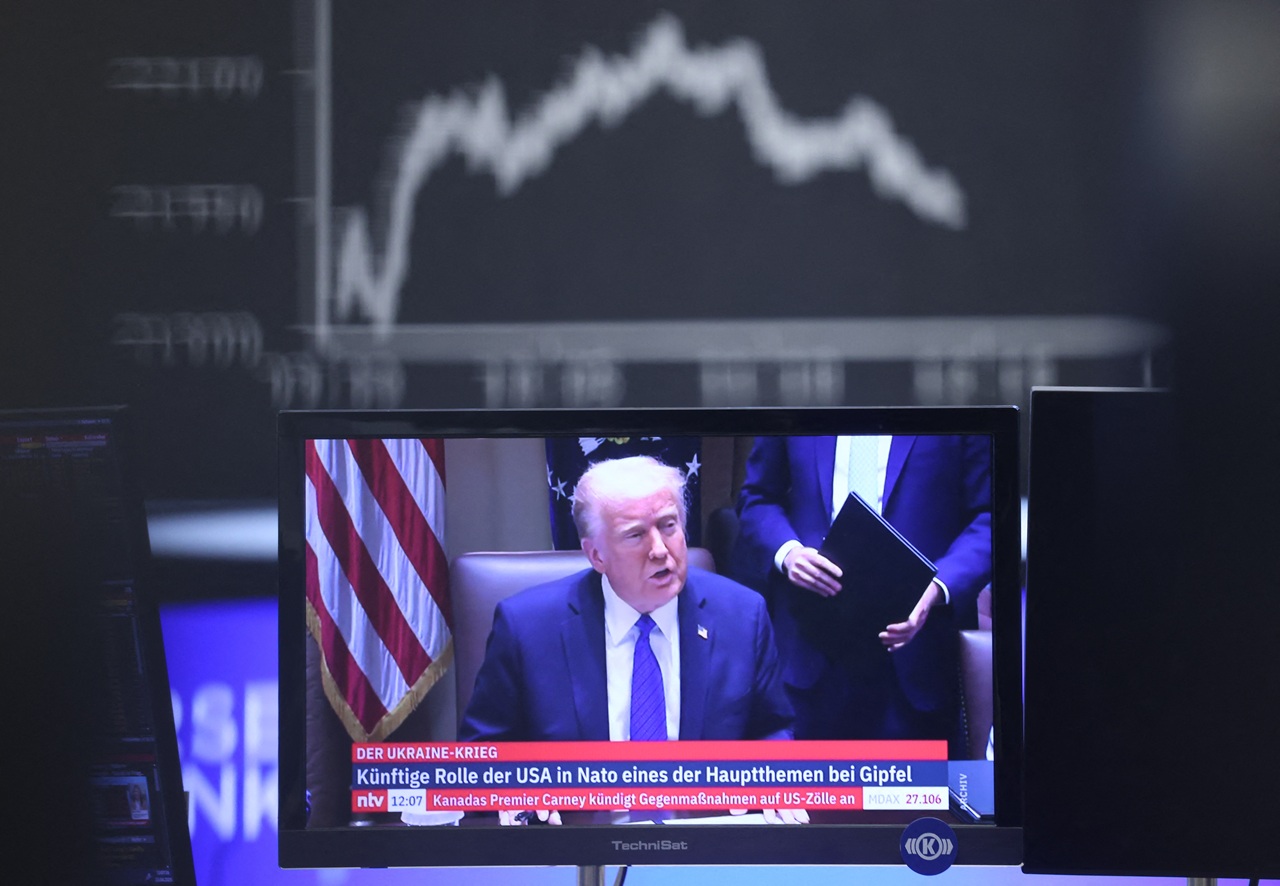
Show me the money! Five economic trends for 2025
While the cost of money could continue to fall, there is much anticipation about the future of the U.S. economy and the next step of the technology revolution.
The year-end season is upon us, so it is worth wondering what the big economic trends will be for the coming year.
The Federal Reserve has already set a guideline that has caused the stock markets to adjust: it announced that in 2025 there will not be as many rate cuts, because inflation is expected to return to its normal path as soon as 2026. On the other hand, although many experts have revised upwards the economic growth projection, it is clear that 2025 will have a slight deceleration compared to 2024.
These are the economic trends to be expected in 2025.
1. Interest Rates, Money Costs and Access to Credit
The interest rate outlook in 2025 will be marked by the pulse between inflation control and higher economic growth. The Federal Reserve has been lowering its interest rates at a good pace, which is good news for those who are going to take on debt. However, the central bank announced at its last meeting of the year that it would make fewer interest rate cuts, which would slow the economy.
RELATED CONTENT
2. Inflation
Inflation in 2025 could stabilize after peaks in previous years. Factors such as the normalization of global supply chains and the tightening of monetary policies will contribute to a moderation in prices. However, energy costs and wages could maintain some inflationary pressure. Consumers and businesses will have to adapt to a price environment that, although more stable, could continue to be a challenge in certain key sectors. There is a big question mark over all economic policy: if Donald Trump follows through on his promise to increase tariffs, this could mean additional cost pressures for businesses.
3. Employment
The U.S. labor market will remain dynamic, with growth in technology and green sectors, but will also face challenges due to automation and artificial intelligence. While some industries will reduce their demand for workers, others will experience a shortage of specialized talent. Job training policies and continuing education will be essential to maintain competitiveness and mitigate employment inequalities.
4. Economic Growth
Economic growth in 2025 is projected to be moderate but sustained and, in any scenario, lower than that of 2024. Factors such as infrastructure investment, the transition to renewable energy and international trade will play a crucial role.
5. Technology
The adoption of advanced technologies, such as artificial intelligence (AI), automation and blockchain, will continue to transform businesses and institutions. By 2025, AI is expected to play a central role in business productivity, decision-making and customer services. In addition, cybersecurity and technology regulation will be a priority to address the associated risks. The United States will continue to lead global technology development, driven by strong investment in R&D and innovative startups.











LEAVE A COMMENT: